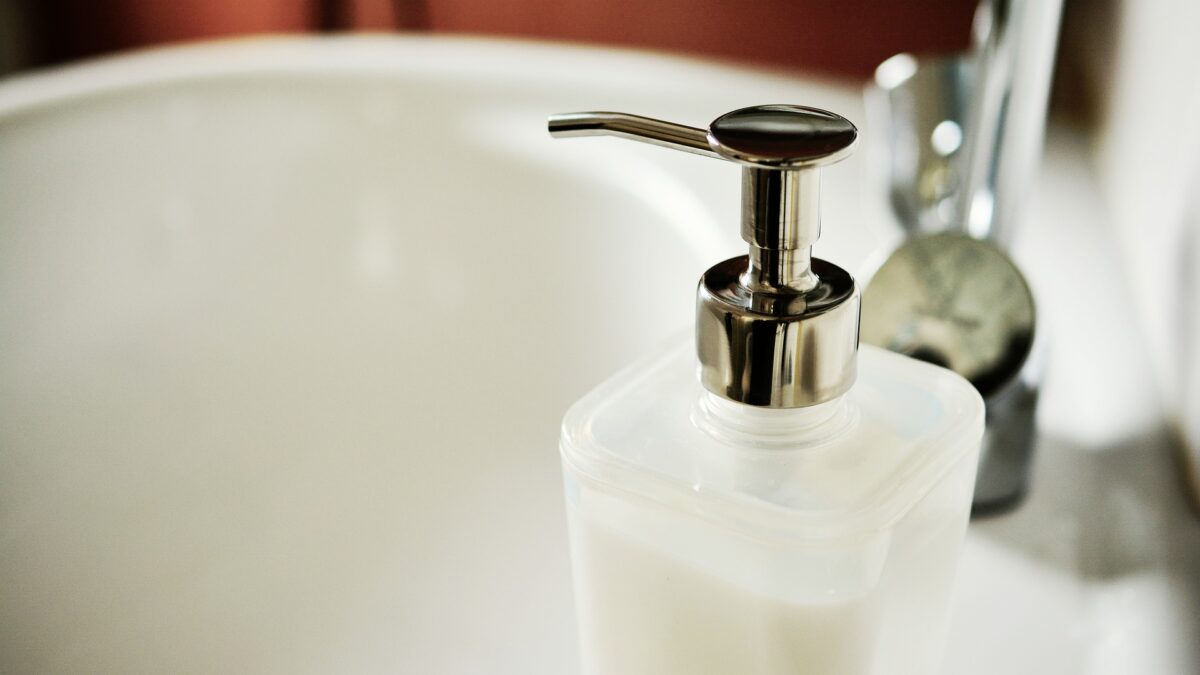HOW TO DETECT PLUMBING ON THE WALL BEFORE USING THE DRILL?
When doing a renovation, it’s common that you’ll need to drill holes in the walls to install brackets and the like. Some customers don’t like the idea very much because of the paint job, but there are bigger reasons to worry about it, especially the possibility of damaging the house’s plumbing.
If a pipe is perforated, the consequences can be very serious, with heavy infiltration and waste of water. Fortunately, there are a few ways to detect wall plumbing before starting the drill, giving you and your customer a little more security.
In addition to being a good differential for any professional in the area, this is also a way to avoid accidents during the service, eliminating possible debts and rework. To help you with that, we’ve listed some simple tips for detecting wall plumbing before you start drilling. Check out.
Use the plumbing map:
More careful customers or those who ask for services on a larger scale tend to be well prepared. And one of the things they can do for you is bring the house’s plumbing map. It’s a blueprint on which the pipes are marked, allowing you to always know their location before drilling the holes.
Even with the map in hand, be sure to check its creation date and ask if there has been another major renovation since then. After all, some pipes may have moved after the restructuring, which increases the chance of errors.
Follow water inlets and outlets:
If you do not have access to the plumbing map or suspect it is out of date, there are other ways to detect plumbing in the wall. A general example, but not super precise, is to observe the water inlets and outlets in the house, such as sinks, faucets and the like, followed by a horizontal and a vertical line.
As a rule, pipes are not laid at an angle, always running vertically or horizontally from the pipes. So if you don’t drill directly above, below, or to the sides of these spaces, you should have no problems. for Plumbing Services consult here
Look for marks on masonry:
On a masonry wall, it is possible that there are marks resulting from the installation of the pipes. Just look for a slight change in color and surface irregularities. As long as you avoid drilling near these places, whether for renovation or a minor repair, you should have no trouble bypassing the plumbing.
Use detection equipment:
Finally, if all options run out, you can still use a detection scanner to map the pipes and avoid them. This is most useful on large projects when you need all the details to deliver a good result. However, the device can still help with slightly smaller services.
With these tips, it will be easier to detect plumbing in the wall before using the drill. It’s a small precaution that saves a lot of headaches and lowers material costs for everyone involved.


